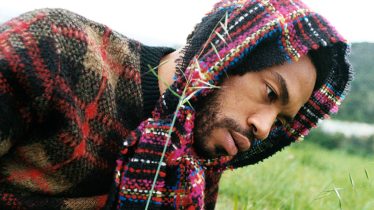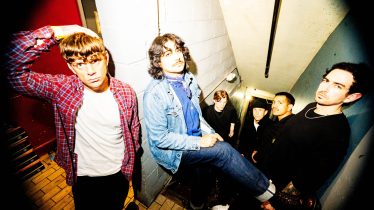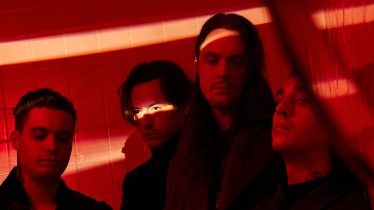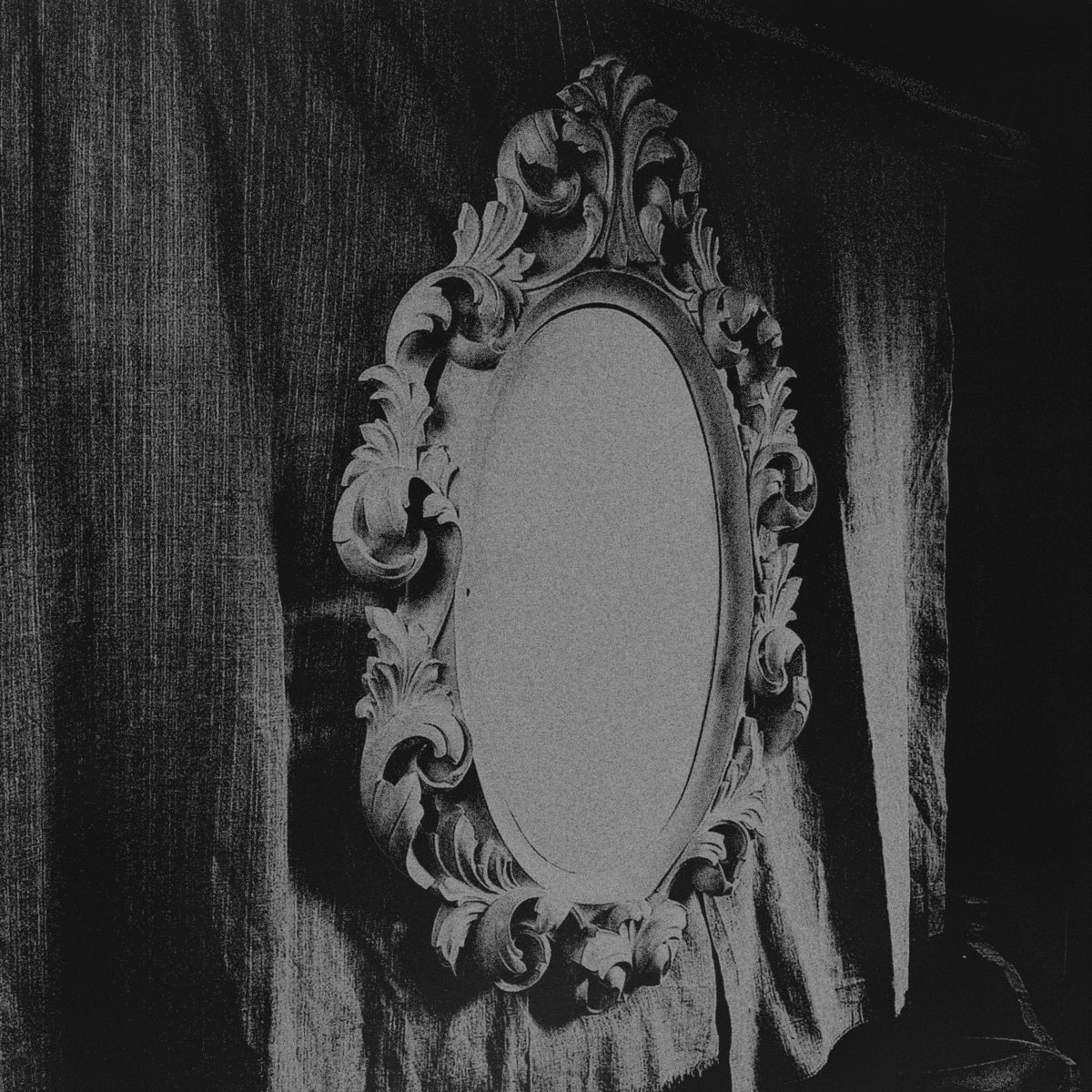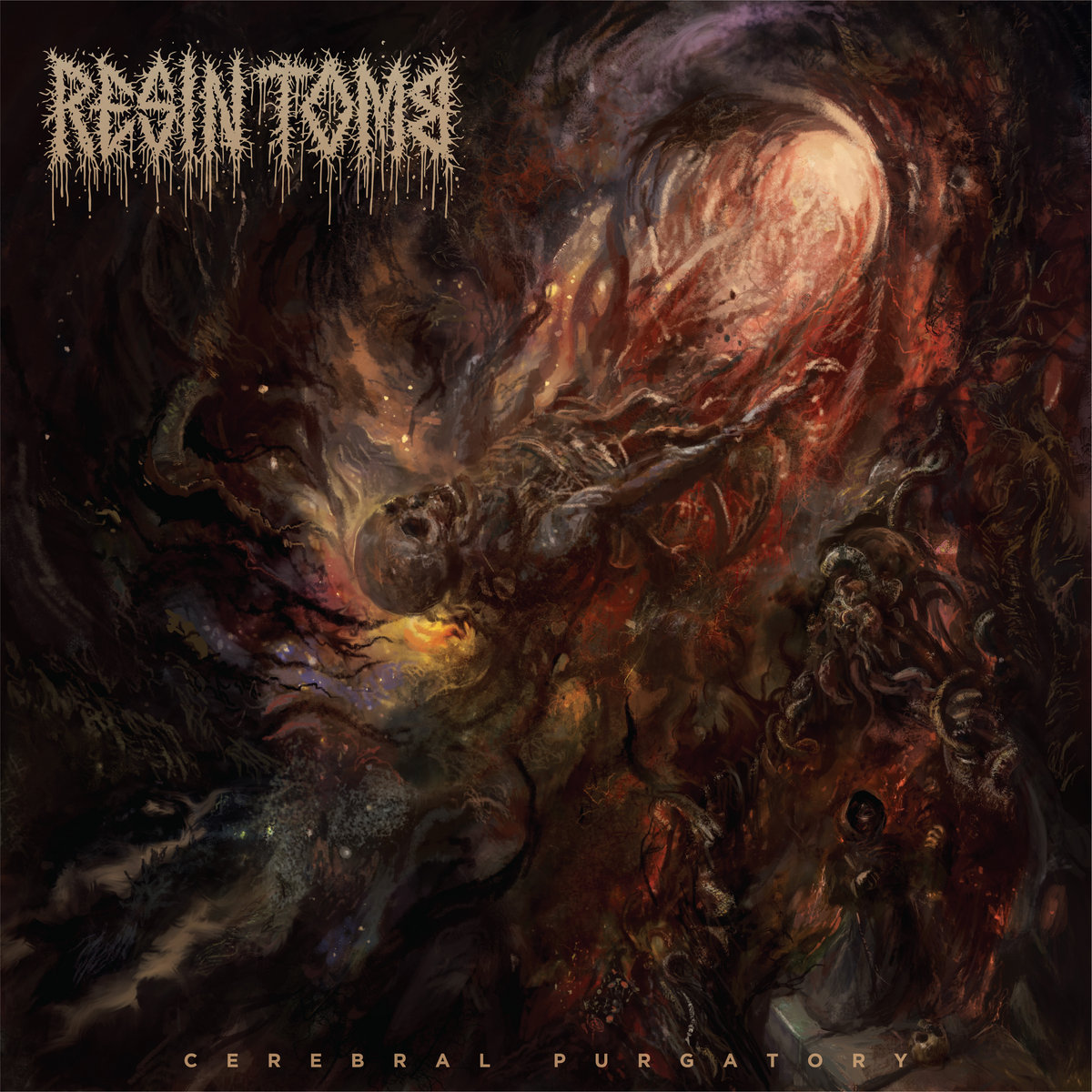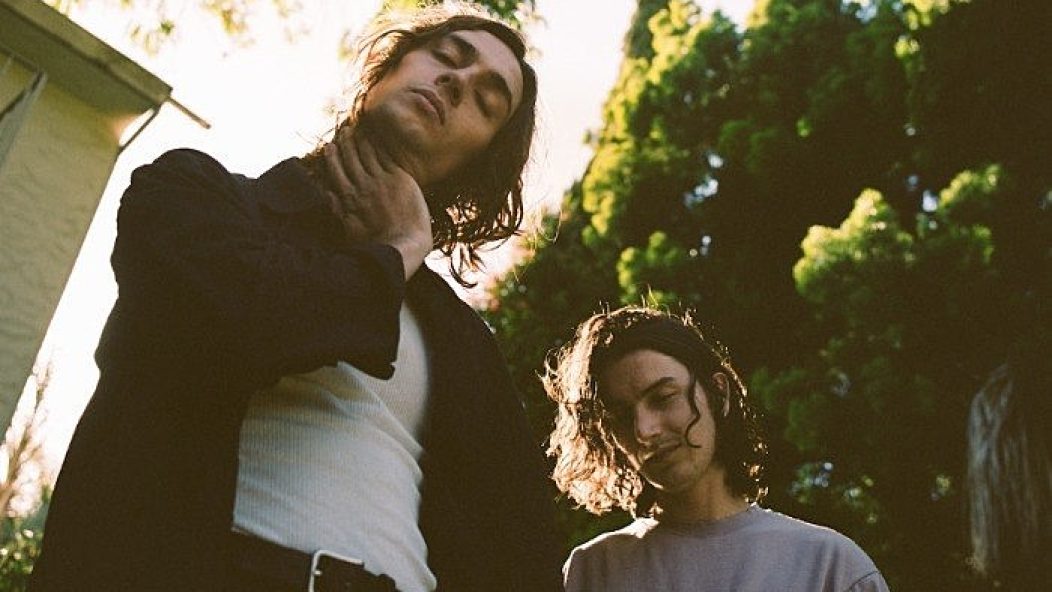
more* share details of their origin story and upcoming releases
A true sonic soulmate, Malcolm McRae still remembers what Kane Ritchotte was wearing when he first saw him in a bar in Los Angeles: an inside-out Dead Kennedys T-shirt, a ponytail and an earring. They both recall the instant connection they felt when they were first introduced to each other by a mutual friend. “It was easy,” McRae says. “It felt like the extension of a friend group.”
“I think we both recognized that we come from a similar place intuitively and got along really well,” Ritchotte adds. “I felt that we would have a long-standing relationship.”
Read more: KennyHoopla is redefining what it means to be a rockstar for a new era
Before they were bandmates, the two were on very different paths. McRae was an architecture school dropout who moved to L.A. to pursue a career in music. “I loved [architecture school], but I could sense that there was a ceiling, and I could already see it,” he says. “It’s never as creative in the real world as it is in school, so I didn’t want to go through that process of adhering to whatever the client wanted. What’s interesting is that [creating music is] the same creative process. It’s just a process of thinking critically about something.”
At the same time, Ritchotte, formerly of acts such as Portugal. The Man and Grouplove, was struggling with the confines of being labeled as a drummer. “I definitely battled with that a little bit,” he says. “And it was mostly because I felt like I wanted to be recognized for the other things I felt that I identified with. Just being able to participate in [more*] as a part of my daily diet has made me feel better.”
That night in a bar cemented their paths together, leading them both to find more*.
How did you know you were going to be creatively compatible?
MALCOLM MCRAE: It was pretty quick. We met at this bar, and I guess the throughline here is that there was alcohol involved. That was the creative instigator, for the first two weeks at least. Every day, we’d write, [and] we’d get something. That’s pretty atypical with a collaborator, where it feels easy enough where you leave with something every day, and then he proposed that we make this a legitimate thing.
How did you propose? Was there a sign? A ring?
KANE RITCHOTTE: We were just writing together, maybe the third time we’d done it, and up until then, we’d been writing together because we wanted to. We’d both been doing solo music at the time, and I don’t think we really knew what we were writing for. I fell in love with the songs we were [writing] and was having such a nice time making them with Malcolm that I was like, “Hey, feel free to think this over, and I might be coming out of left field, but what if we ditched both of our separate records and made a record together?”
What story are you trying to tell now with the new EP? Is there a specific message you’re trying to send to your audience?
MCRAE: The new EP is the second half of the same thought [from the last EP]. We went into the studio with 10 songs, and we expect to release them as a full album, so it’s a lot of similar content. It’s a lot of the same writing style in that it’s pretty personal, pretty autobiographical, and [there’s] a lot of production. We had fun layering so many sonic sounds on there.
RITCHOTTE: These two EPs were written and created in one go. It’s a singular story, if there is any. I think it was more of an establishing and defining thing for us where we really had room to figure out what this was and what our identity was, musically and aesthetically. And I think we’re looking forward to telling more of a story [and] having more of a conceptual record the next go around. We wanted to plant our roots and establish ourselves [with these first two].
What was it like working with a veteran producer like Tony Berg?
MCRAE: He’s the best. He’s spent so much time with us, helping us find what those first releases were. And he was just as much a part of the band, honestly, as we were.
RITCHOTTE: He’s honestly a third member. And a fourth member is our engineer, Will Maclellan. The four of us build everything together. So, they feel very much a part of the whole entire process. Tony was the first person we went to because he has a reputation of being not only a producer, but being very much a mentor. And he’s described often as being a “guru” because he’s worked in so many areas in the music industry. He’s a one-stop shop. He’s also a brilliant and really hilarious guy, so you can’t really ask for much more.
How important is it to you to experiment with your art, both in and out of the studio?
RITCHOTTE: It’s a driving force. It’s something that is a curiosity enough for us that the exploration of it keeps us inspired. Sometimes you go through lulls in life, and it’s hard to express yourself from an emotional standpoint or write. It’s important to find something that feels like it’s always fertile with inspiration—or curiosity at the very least. Sonics do seem to capture both of our attention.
MCRAE: It’s also interesting because in experimenting, you have to predict if the path that you’re on will hold up even a few months down the line because you make a record, and you put it out over a year period. Part of the experimentation process is pushing ourselves onto sounds that we’re not quite acquainted with yet and then growing into them.
How do you know when you’ve found just the right sound?
MCRAE: It’s visceral.
RITCHOTTE: Sometimes we don’t know what to aim for. We do both collect these playlists of reference points or things that have struck us that we hear in passing. And we’re always curious about new things we haven’t heard and new sounds and genres from all over the world. So we have this catalog in our back pocket, things to aim for. But a lot of the time, we miss, and sometimes that’s when the best stuff happens, the most exciting stuff. If there’s a visceral response to it, then we know that we’ve gotten something cool.
FOR FANS OF: Tame Impala, Peach Pit, Local Natives
SONG RECOMMENDATION: “Green”
This interview appeared in issue 398, available here.
